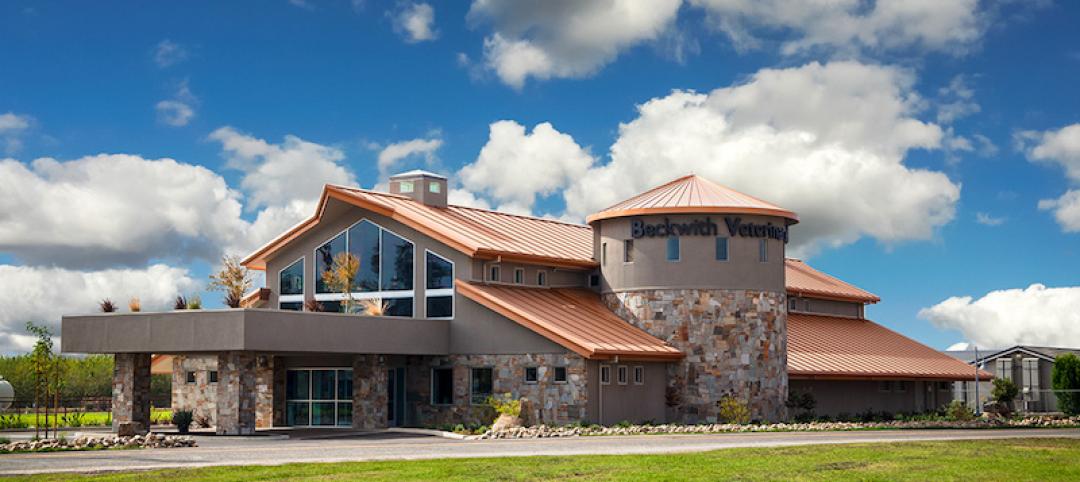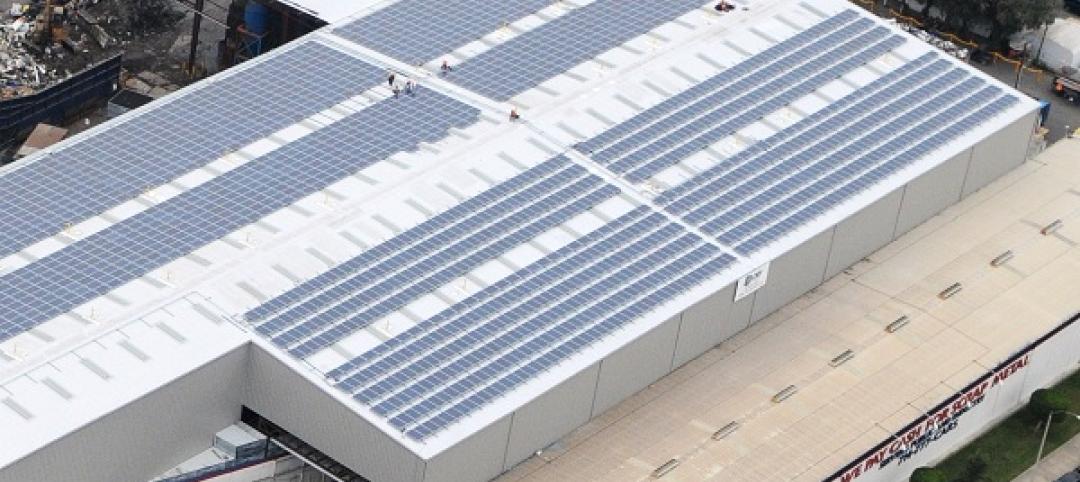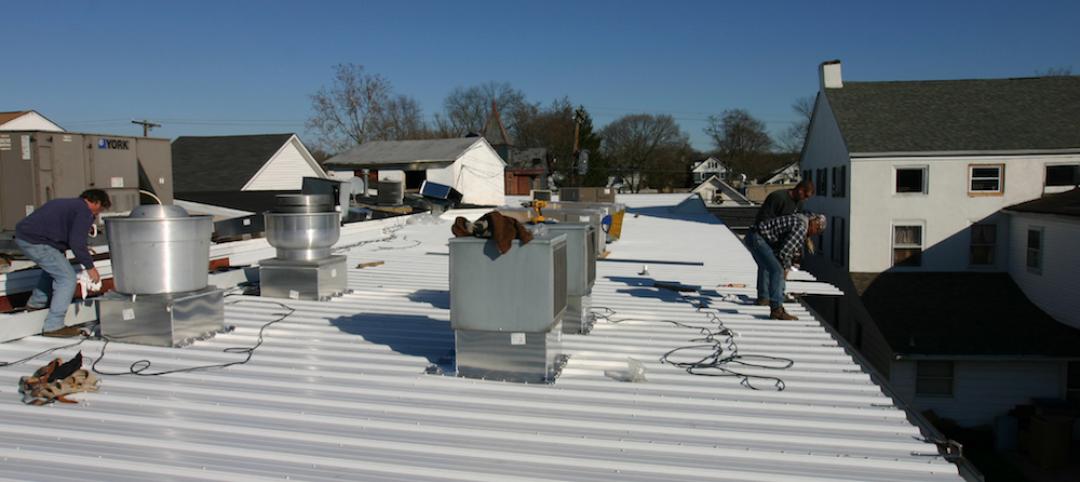A new guide describes how builders can increase the structural and energy performance of a home with a raised-heel truss construction system.
According to the publisher of the guide, APA – The Engineered Wood Association, building with raised-heel trusses results in savings for the builder and an energy-efficient, structurally superior residence for the homeowner. A raised-heel truss has a “heel” that extends up from the top of the wall and elevates the truss at the building’s edges. In other respects, it is identical to a conventional truss.
The guide says that raising the truss higher has two big advantages over typical truss construction: It simplifies attic ventilation, and it leaves ample room for insulation above exterior wall top plates. With the added space, the truss doesn’t compress attic insulation over the top plate and compromise its insulation value, a common weakness of conventional truss systems.
The energy code allows for use of less insulation for the entire ceiling system when a raised-heel truss system is used, allowing builders to reduce material costs and increase energy efficiency. Home Energy Rating (HERS) studies also indicate that with consistent ceiling insulation, APA says, the home maintains a more stable interior temperature that results in a more comfortable home and lower utility bills.
The system also features structural advantages, according to APA. Wall systems that combine raised-heel trusses with overlapping continuous plywood or oriented strand board (OSB) sheathing have better resistance to lateral forces produced by high winds or seismic activity than those fastened with conventional wall-to-truss connections.
Related Stories
Shopping Centers | Nov 4, 2016
Expansion of Chadstone Shopping Centre features 7,000 square meter glass roof
2,700 unique glass panels make up the first roof of its kind in Australia.
Sponsored | Roofing | Oct 24, 2016
Metal roofing panels reinvigorate town staple
Designers for the project initially thought patching and repairs would be sufficient for the 35-year-old, 17,000 square foot roof, however upon further inspection it was determined that the building needed a new roof.
Roofing | Sep 30, 2016
A Florida-based roofing contractor mixes advocacy and philanthropy
The owner of Venture Construction Group says that caring for his father changed his perspective about work and life.
Sponsored | Coatings | Sep 26, 2016
Valspar products at the forefront of innovation and sustainability
Fluropon SR and Fluropon Pure are two products that help Valspar cultivate a culture of innovation.
Sponsored | Roofing and Fire Safety | Sep 21, 2016
Metal roofing provides exceptional fire resistance
Buildings with great fire resistance will likely have lower insurance costs and be restricted by fewer codes, owing to the decreased risk.
Sponsored | Energy Efficiency | Jul 27, 2016
Metal Roofs Have Solar Advantage
A large roof can become a resource that saves significant money on energy consumption and helps reduce emissions of CO2 and it turns out metal roofs make excellent hosts for solar panels.
Sponsored | Roofing | Jun 29, 2016
Retrofit roofs instead of replacement
When faced with the need to replace a flat roof, many building owners find retrofitting a more viable investment, and so they erect a long-lasting, low-maintenance sloped metal roof.
Shopping Centers | Jun 3, 2016
Developer Robinsons Land adds powerful PV arrays to 10 malls in the Philippines
The Robinsons Starmills mall in San Fernando recently turned on a 2.9 megawatt rooftop PV plant.
Codes and Standards | May 19, 2016
Asphalt roofing group publishes updated shingle installation guide
Technical manual provides best practices for roofing professionals.















